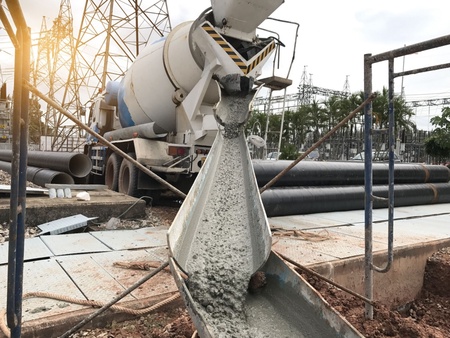Reducing carbon emissions caused by cement production is the aim of a major new project that will investigate how the use of substitute cement materials can be maximised.
Researchers from the University of Aberdeen will work other European universities and research institutes as part of the DETOCS* research partnership led by multinational cement industry equipment provider FLSmidth.
The main aim of the project is to develop digital solutions to maximise the use of so-called supplementary cementitious materials (SCMs), which play a key role in the industry’s net zero ambitions.
When combined with traditional cement as a substitution for traditional Portland clinker (used as the binder in many cement products), SCMs significantly reduce the carbon emissions associated with production. They come in many forms including naturally occurring pozzolans and industrial byproducts like fly ashes, blast-furnace slags, and silica fume.
However, a major challenge is the availability of good-quality SCMs at a large enough scale to make them viable in cement production. Key to unlocking this challenge is the ability to be able to switch quickly and easily between SCMs during production.
The DETOCS project aims to address this problem by using the vast amounts of data gathered by operators over many decades and combining this with their understanding of production processes to develop digital solutions that will supercharge the use of SCMs.
Dr Marcus Campbell-Bannerman from the University’s School of Engineering is leading the University’s contribution to the project, which is funded through the EU’s Horizon Europe funding programme for research and innovation.
He said: “A key part of efforts to decarbonise cement is to maximise the use of SCMs and the ambition of this project is to develop advanced predictive modelling solutions to achieve this aim.
“Our role will be developing thermodynamic models to capture the reaction chemistry occurring in the production and treatment of the SCMs, and the overall production process modelling.
“The scale of the partnership underlines just how big a challenge this is, however this multidisciplinary approach is key to achieving the step-change required for the industry to achieve its sustainability ambitions.”


